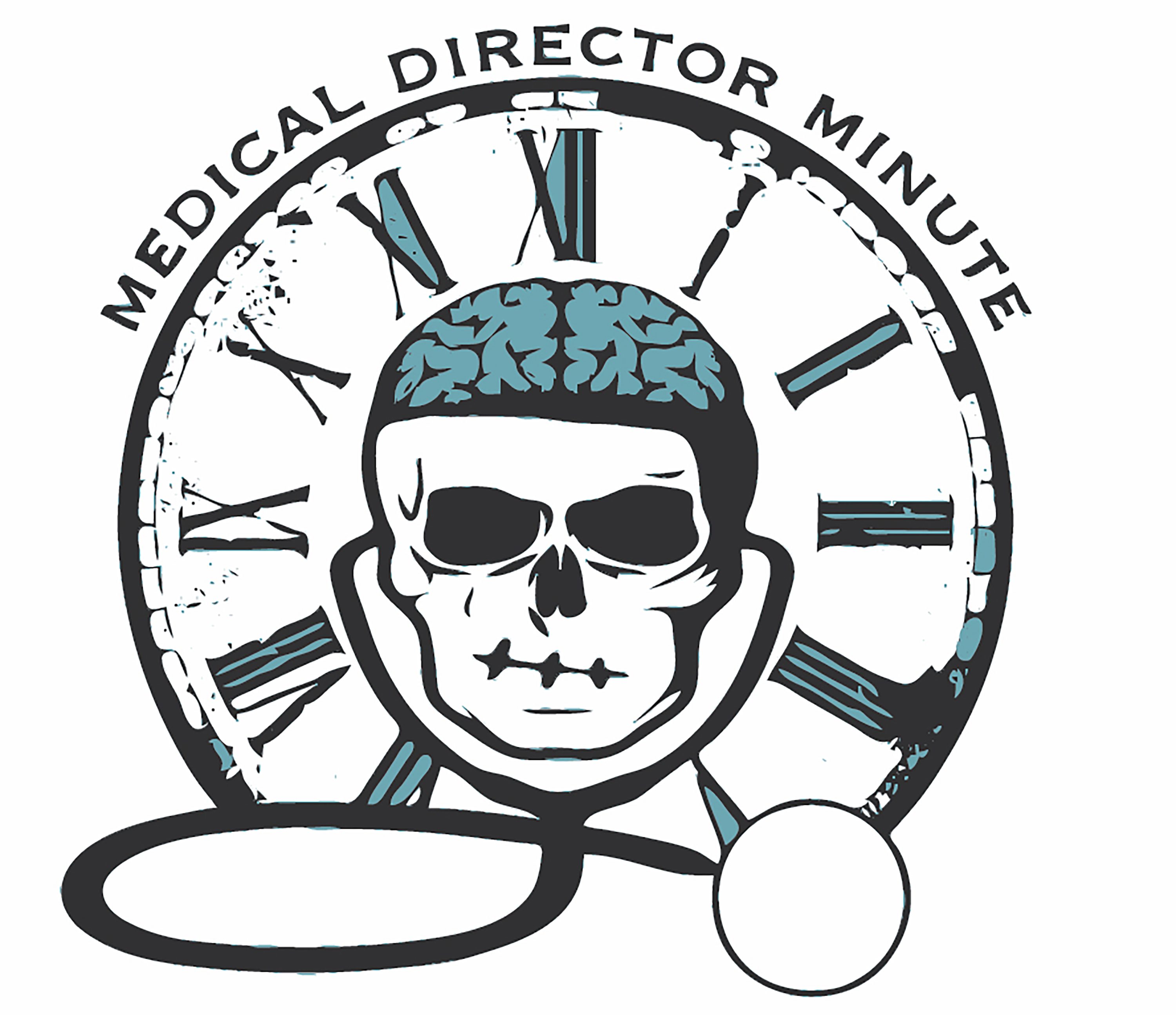C-Spine, C-spine Run Part 2
In part 1 of this two-part series, we discussed the basis for selective spinal immobilization or the process of deciding to fully immobilize, partially immobilize or not immobilize a patient. We discussed the NEXUS and Canadian c-spine rules that are the basis for these protocols, with the majority using NEXUS as it is easier to use. For an in depth discussion of these rules, please either listen to or check out the show notes for that episode.
Application:
Now that we have discussed these rules, how do we apply this information to our patients? In order to accurately apply these rules, we need to ASSESS our patients. Just because we are in a mode to limit the use of backboards doesn’t mean we blindly have patients hop, skip and jump into the ambulance before determining their risk of spinal injury. While there is some literature that suggests ambulatory patients at the scene of a trauma have a lower likelihood of having a clinically significant spinal injury, don’t use this as the sole basis of your decision to not immobilize a patient.
Both of these rules assume the patient is stable and involved in minor trauma. What defines minor trauma? That’s a bit of a gray area, especially when we talk about motor vehicle crashes, crumple zones and the protection afforded by modern automobiles. This is reflected in the CDC trauma destination criteria where mechanism of injury carries much less weight than it did 30 years ago.
Clearly both rules don’t apply in unstable patients and those with altered mental status. If you have difficulty moving past your primary survey without having to perform a treatment, then the patient is high risk and warrants full SMR. For all others, including ambulatory patients, use your rule of choice to guide the decision to provide full or modified SMR.
Mechanism of injury used to be a big deal. The intent of considering mechanism of injury is to raise your suspicion for internal injury that may not be immediately apparent. When looking at the mechanism of injury, take into consideration the forces applied to the body. Is your MVC patient the one closest to or furthest away from impact? Were there secondary or tertiary collisions? Was direct force applied to the spine? Did the patient experience a rapid acceleration/deceleration movement of the spine? These questions all play into your consideration of mechanism. A significant factor that has decreased the significance of mechanism of injury in motor vehicle crashes have been improved vehicle engineering over the last 20 plus years which helps protect occupants during motor vehicle crashes.
Make sure your patient is alert, oriented and not clinically intoxicated. Both algorithms mandate the patient has a GSC of 15 as part of the entry into the algorithm. If your patient has altered mental status, then it is difficult to accurately assess the patient.
Actually TOUCH your patient. Ask specifically if the neck or back hurts and PALPATE the entire spine. This is part of both rules. Ask about paresthesias that are new since the crash. Be aware of stingers in the younger population. These transient episodes of numbness or burning/electric pain, typically associated with sports injuries, may indicate a ligamentous injury with an unstable spine.
Also remember that for patients who you decide require a cervical collar, we should treat the whole spine as suspect. This doesn’t necessarily mean tying everyone down to a hard piece of plastic, but what it does mean is that we should move the patient with care to minimize spinal movement. If the patient does not have thoracic or lumbar pain and your protocol advises, those patients can be transported with the head of the stretcher elevated 20-30 degrees, which goes a long way towards patient comfort.
Follow the algorithm in your protocol to the letter! The best way to say with confidence that a patient does not have a condition is to accurately follow the pathway/algorithm/protocol designed to assess for that condition. While the studies have demonstrated repeatedly that we can follow these algorithms and not miss clinically significant injuries, they have to be followed in order to be reliable. If the algorithm is applied to a patient who doesn’t fit the criteria, it will not be reliable and may miss significant injuries.
Just to Clarify:
Just to clarify, I am in no way advocating strapping down the general population to a long spine board if they have been involved in trauma. SMR means taking precautions to prevent unwanted spinal motion, which does not necessarily include using a long spine board. We just need to be aware of the potential for injury and treat the patient appropriately as we do with all our patients.
Tune in next time and be safe out there!
